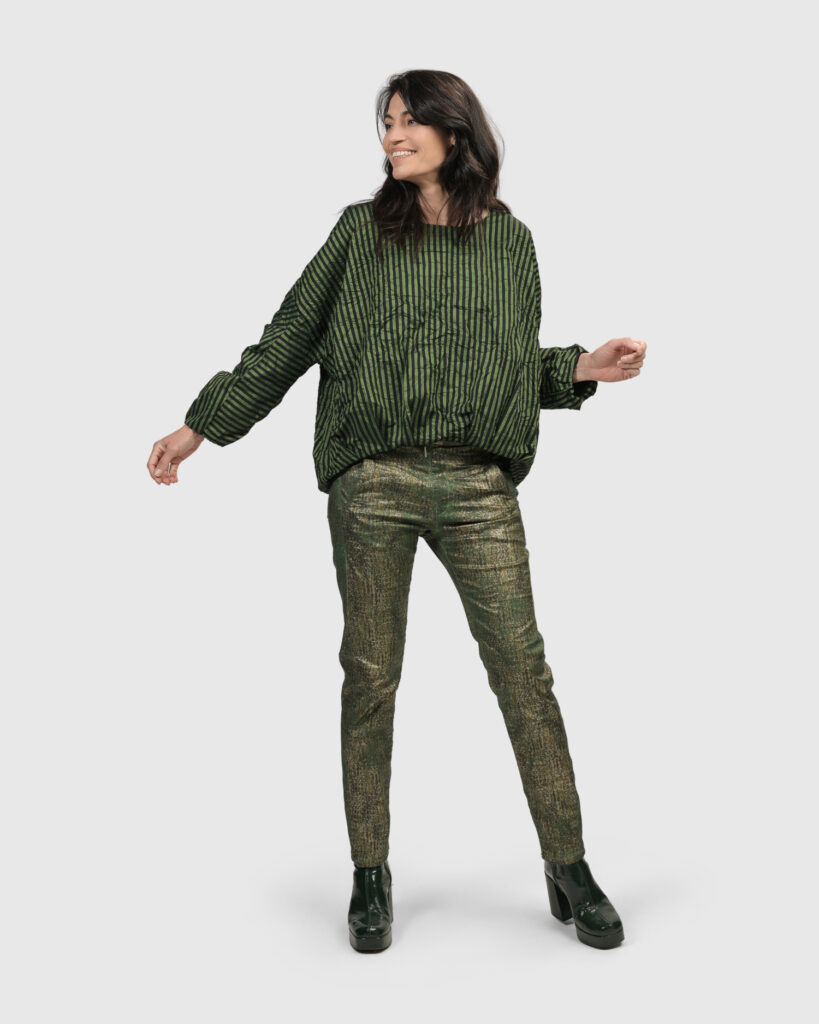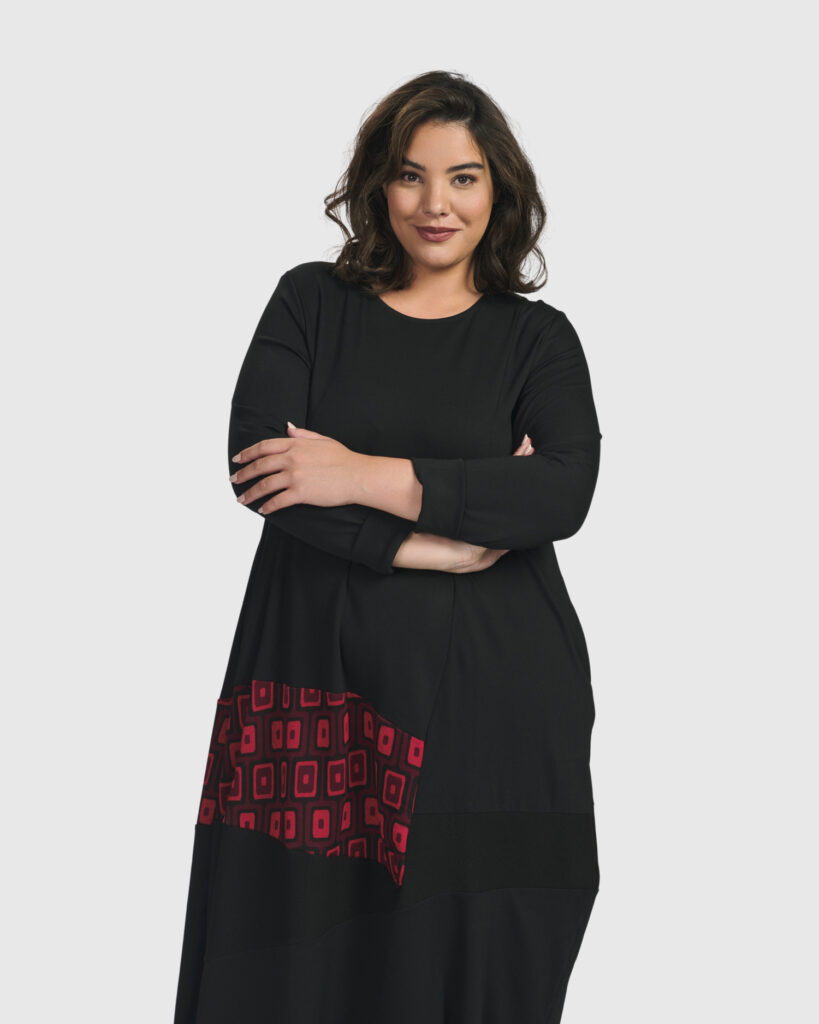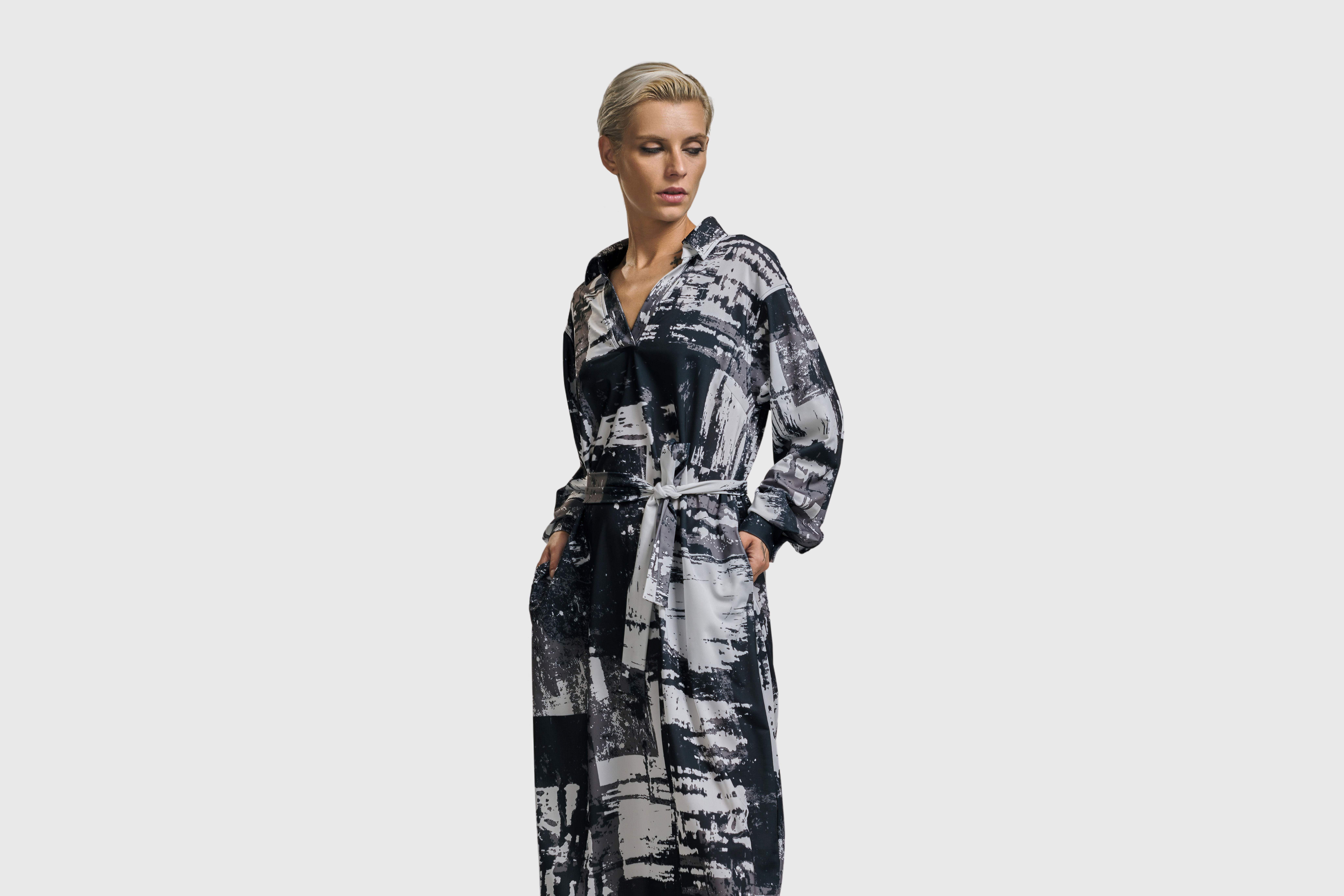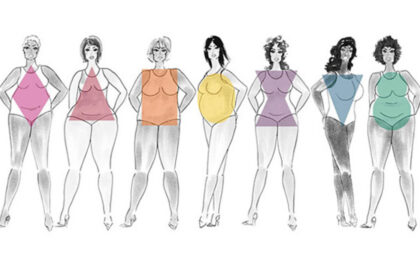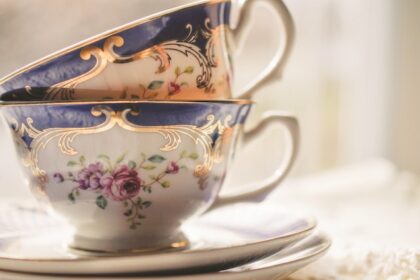In a world that often feels chaotic, finding moments of joy and self-expression becomes crucial for maintaining our mental well-being. One unexpected source of happiness lies within our own closets – our personal style.
Fashion isn’t just about trends; it’s a powerful tool that can influence our mood and overall sense of self. In this blog post, we’ll explore how embracing your personal style can lead to a happier and more confident you.
The Psychology of Fashion and Happiness
Numerous studies have delved into the psychological impact of fashion choices on mood and self-esteem. According to a study published in the Journal of Experimental Social Psychology, what we wear not only affects how others perceive us but also influences our own thoughts and behaviors. Understanding this, let’s explore how to decode your personal style for a mood-boosting wardrobe.
Decoding Your Personal Style
1. Self-Reflection: Know Thyself
Before you embark on the journey of defining your personal style, take some time for self-reflection. What colors make you feel alive? Do you prefer comfort or bold statements? By understanding your preferences, you can create a wardrobe that aligns with your authentic self.
2. Body Positivity: Find Your Fit
Body positivity is central to feeling good in what you wear. For plus-size individuals, finding the most flattering pants can be a game-changer. Scientifically, embracing body positivity has been linked to improved mental health.
Explore the world of fashion with keywords like “flattering pants for plus size” or “flattering dresses for plus size” to discover styles that celebrate your unique body shape.
3. Petite Size Elegance: Embrace Your Height
For those with a petite stature, the search for flattering clothing can also significantly impact mood. Research from the International Journal of Fashion Design, Technology, and Education highlights the psychological benefits of clothing that fits well, especially for individuals with petite sizes. Use keywords like “flattering petite size pants” or “flattering dresses for petite size” to uncover styles that enhance your natural elegance.
See The Edit – Petite Guide to Winter and Early Spring Fashion for ideas and links to outfits.
Scientifically Proven Mood-Boosting Fashion
1. Color Psychology: Dressing for Emotions
Color plays a pivotal role in our emotions, and incorporating specific hues into your wardrobe can positively affect your mood. For instance, studies in color psychology suggest that wearing vibrant colors like red can boost confidence and energy levels. On the other hand, serene blues and greens are associated with calmness and tranquility. Experiment with colors that resonate with your emotions and watch how your mood lifts.
2. Comfort Clothing: The Joy of Soft Fabrics
The feel of fabrics against your skin can impact your emotional state. Soft and comfortable materials, like cotton or cashmere, trigger positive sensations and enhance overall well-being. Scientifically, the concept of “enclothed cognition” explores how the clothing we wear can influence our cognitive processes. Opt for clothing that not only looks good but also feels good, contributing to a harmonious balance of style and comfort.
Additional Resources for Further Exploration
As you embark on your fashionably happy journey, here are some additional resources to deepen your understanding:
- The Psychology of Fashion: Understanding the Mind Behind the Closet
- Body Positivity and Mental Health: NEDA’s Research
- Color Psychology: How Colors Affect Mood and Behavior
Final Words
Your personal style is a canvas for self-expression and a powerful tool for enhancing your mood. By decoding your preferences, embracing body positivity, and incorporating scientifically-backed fashion choices, you can curate a wardrobe that not only looks good but also makes you feel good. Remember, fashion is not just about what you wear; it’s about how it makes you feel. So, go ahead, embrace your style, and let your wardrobe become a source of joy and happiness in your everyday life.
If you’d like help identifying and dressing for your personal style, visit Alembika and connect with our stylist.

